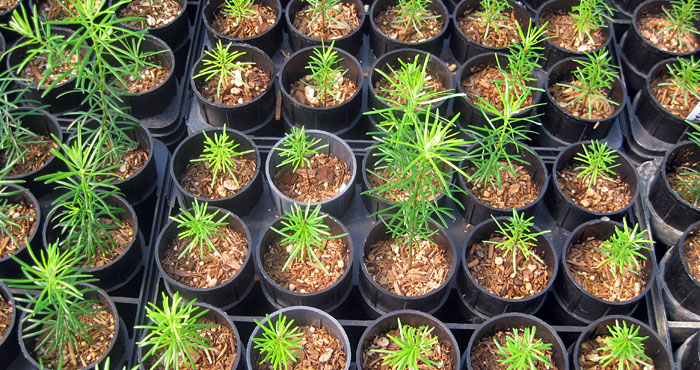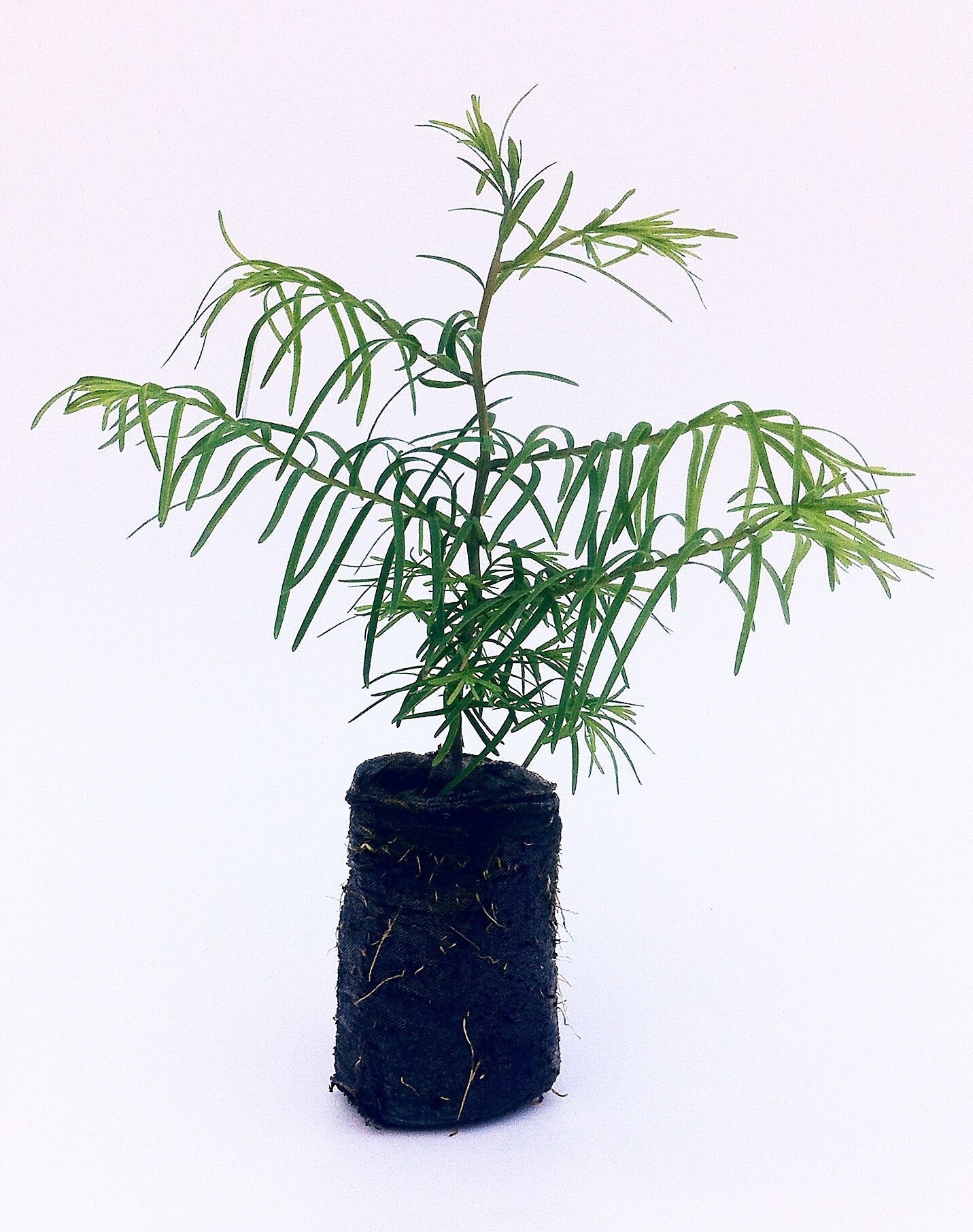

Cones appear on trees at the age of 6-9 years and give germinating seeds.ĭISTRIBUTION OF METASEQUOIA IN RUSSIA AND CIS COUNTRIESĪs a garden and Park culture, metasequoia is widely distributed in Ukraine, Crimea, and the Caucasus. Female cones are single, hanging on long petioles, have a round-capped shape. Male cones are small, rounded, grouped at the base of the terminal shoot in several pieces. The growing season of metasequoia begins late - at the end of may, ends with the dumping of needles in the first half of November. Before falling, it becomes pale yellow, red, red-brown, giving the tree a particularly decorative appearance. Spring light green needles change color to dark green by autumn. Needles-soft, slightly pointed, 1-3 cm long on shortened shoots is located in two rows, on elongated-spirally. The bark is yellow-brown to dark brown, peeling off in thin flaps in the lower part, wrinkled īranches-opposite, smooth, not pubescent The crown is densely branched conical in young plants, shirokolashka in adults Metasequoia is an ornamental tree that reaches a height of 35 m and a trunk thickness of 2 m. It is widely distributed as a garden and Park culture in the United States, Canada, and a number of European countries.

It is not evergreen, sheds needles for the winter. Metasequoia (Latin: Metasequoia) is a genus of coniferous trees in the Cypress family (Cupressaceae), formerly classified in the obsolete Taxodiaceae family.


 0 kommentar(er)
0 kommentar(er)
